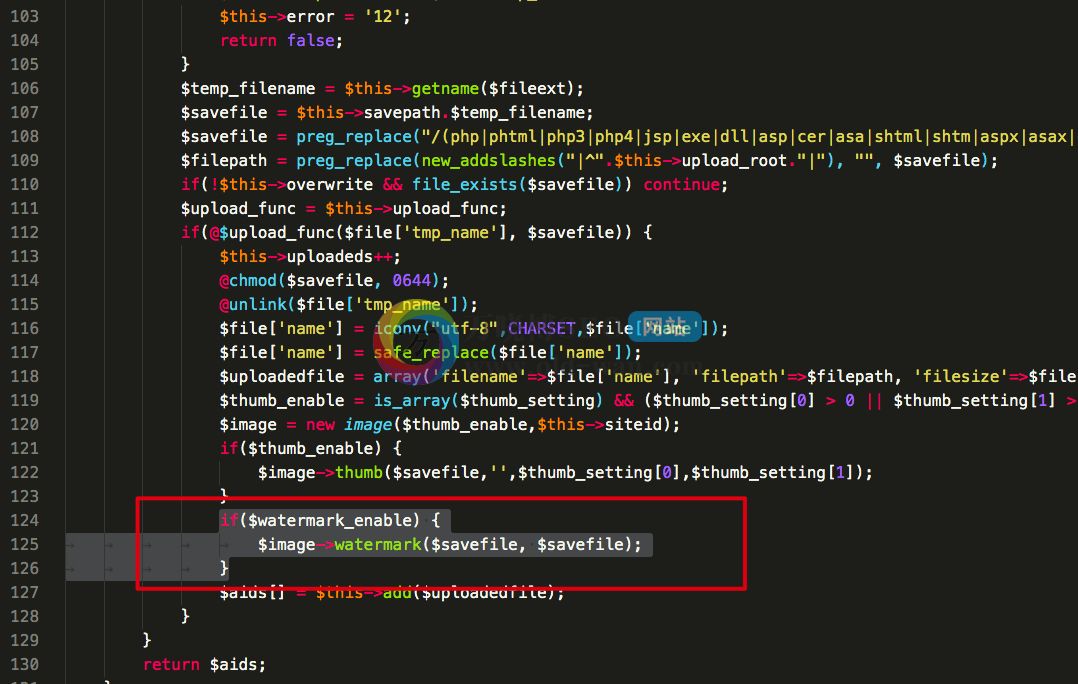您现在的位置是:首页 > 编程语言学习 > 其他编程语言 > 文章正文 其他编程语言
C++模板index_sequence使用示例详解
![]() 2022-12-08 10:02:21
其他编程语言
2022-12-08 10:02:21
其他编程语言
简介integer_sequence 是 c++ 14中新增加的一个元编程工具,其衍生出来的还有如 index_sequence、make_index_sequence、index_sequence_for...
integer_sequence 是 c++ 14中新增加的一个元编程工具,其衍生出来的还有如 index_sequence、make_index_sequence、index_sequence_for等辅助工具,现在,让我们来浅尝一下这些东西吧!

integer_sequence
integer_sequence 其实没有什么特殊的,就是一个类
只不过他是index_sequence的基础
- template<typename _Tp, _Tp... _Idx>
- struct integer_sequence
- {
- typedef _Tp value_type;
- static constexpr size_t size() noexcept { return sizeof...(_Idx); }
- };
index_sequence
index_sequence 会在编译期生成一个从0开始的序列
然后你就可以对其进行一些奇奇怪怪的操作
- template <size_t... N> void print(std::index_sequence<N...>) {
- std::vector<int> res;
- (void)std::initializer_list<int>{
- ((res.push_back(N), std::cout << N << " "), 0)...};
- std::for_each(res.begin(), res.end(), [](int x) {std::cout << x << " ";});
- }
- int main() {
- auto t = std::make_index_sequence<10>();
- print(t);
- return 0;
- }
比如 ((res.push_back(N), std::cout << N << " "), 0)...这句话,就会在编译期被展开
这里展开在了一个初始化列表中,小技巧
make_index_sequence
那么,index_sequence 是如何生成的呢?
有两种形式
- 编译器内建
- 递归式的生成
第二种方式嘛还是用到了元编程的惯用伎俩,特化,递归式的编程
- template <int... N> struct index_seq {};
- template <int N, int... M>
- struct make_index_seq : public make_index_seq<N - 1, N - 1, M...> {};
- template <int... M> struct make_index_seq<0, M...> : public index_seq<M...> {};
对齐使用也是一样的形式
- template <int... N> void print(index_seq<N...>) {
- (void)std::initializer_list<int>{((std::cout << N << " "), 0)...};
- }
- int main() {
- auto r = make_index_seq<100>();
- print(r);
- return 0;
- }
使用场景
刚才,看见了print去打印的时候打印了 0-(N-1)的元素
那么,这个行为是在编译期展开的,我们就可以用到其他需要常量的地方
比如一个简单的需求:
打印tuple!
- template <typename T, typename F, int...N>
- void exec_for_tuple(const T& tup, F&& func, index_seq<N...>) {
- (void)std::initializer_list<int> {
- (func(std::get<N>(tup)), 0)...
- };
- }
- template <typename Func, typename ...Arg>
- void for_tuple(Func&& func, std::tuple<Arg...> tuple) {
- exec_for_tuple(tuple, std::forward<Func>(func), make_index_seq<sizeof...(Arg)>());
- }
exec_for_tuple部分应该非常好懂,但是为什么中间还要再转发一层呢?
因为tuple元素的个数我们不能直接获取到,我们写的又要是一个通用的函数
所以要通过 sizeof...(arg) 这种伎俩来将其元素个数计算出来
如何调用呢?
如下所示:
- std::tuple<int, int, double> tuple{1, 2, 3.0};
- for_tuple([](auto t) {
- std::cout << t << " ";
- }, tuple);
index_sequence_for
那么,看到现在,你知道 index_sequence_for又是何物吗?
其实吧,刚才就已经见过 index_sequence_for这个东西了
其实就是计算可变长模板参数的个数,然后将其长度做成一个sequence出来
- template<typename... _Types>
- using index_sequence_for = make_index_seq<sizeof...(_Types)>;
结语
index_sequence 是一个不起眼的家伙,可能你平时都不会去了解它,但是这个东西的用途还是有很多的,你想想,编译器制造一串序列的能力,在tuple这种模板中,使用其是不是更加方便了,在bind这种模板中的参数上,若是使用它,是不是更加灵活好些了。
其实和tuple一个道理,在平常编程中,你也许不会使用它,但是在模板编程中,这是比较好的一个工具。
下一篇:最后一页







